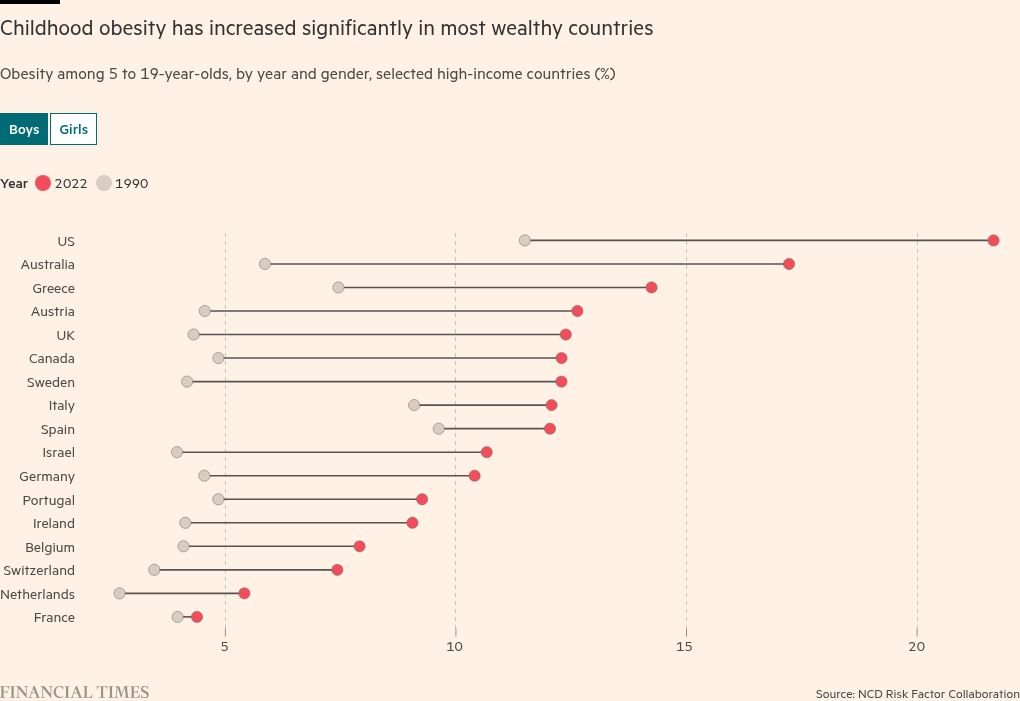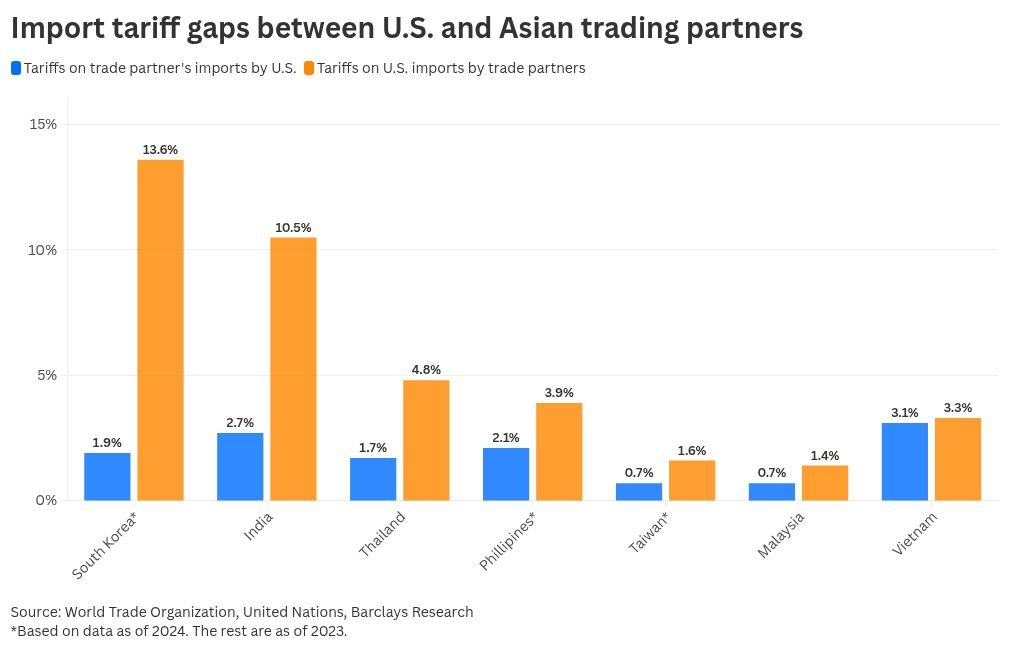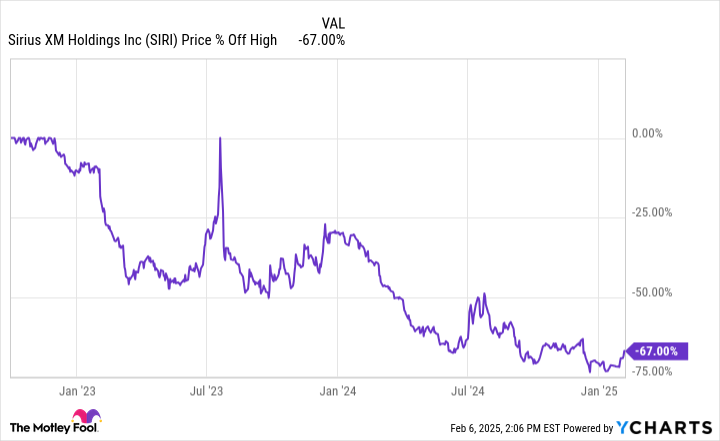The year’s second full moon, known as the snow moon, arrives just in time for Valentine’s Day.
February is also the perfect time to spot Venus, the planet named after the Roman goddess of love, as it shines at its brightest this month, according to NASA.
Below, find out everything you need to know about this celestial event.
When is the snow moon in 2025?
The snow moon will arrive Feb. 12, 2025, according to NASA.
Why is it called the snow moon?
The full moon in February was dubbed the snow moon due to the heavy snowfall typically seen this time of year, according to the Old Farmer’s Almanac, which first began publishing names for full moons in the 1930s.

The full moon was dubbed the Snow Moon because of the heavy snow that typically falls during this season.
ABC News Photo Illustration
What are other names for the snow moon?
Many Native American tribes in the northwestern U.S. also referred to it as the storm moon, in reference to frequent snowstorms, or the hunger moon, as harsh winter conditions made hunting difficult.
What’s visible in the sky alongside the February’s snow moon?
According to NASA, February offers a stunning display of bright planets, with Venus at its peak and Jupiter and Mars dominating the night sky. Here’s what to watch for:
- Mercury – Appears just above the horizon in late February, shining brightly after sunset.
- Venus – The brightest planet this month, visible in the west after sunset.
- Mars – A glowing amber-orange, high in the east each evening, setting a few hours before sunrise.
- Jupiter – A brilliant presence high overhead in the evening.
- Saturn – Faint but visible low in the west just after sunset, sinking lower as the month progresses.
With clear skies, February’s night sky offers plenty to enjoy beyond the snow moon!




















